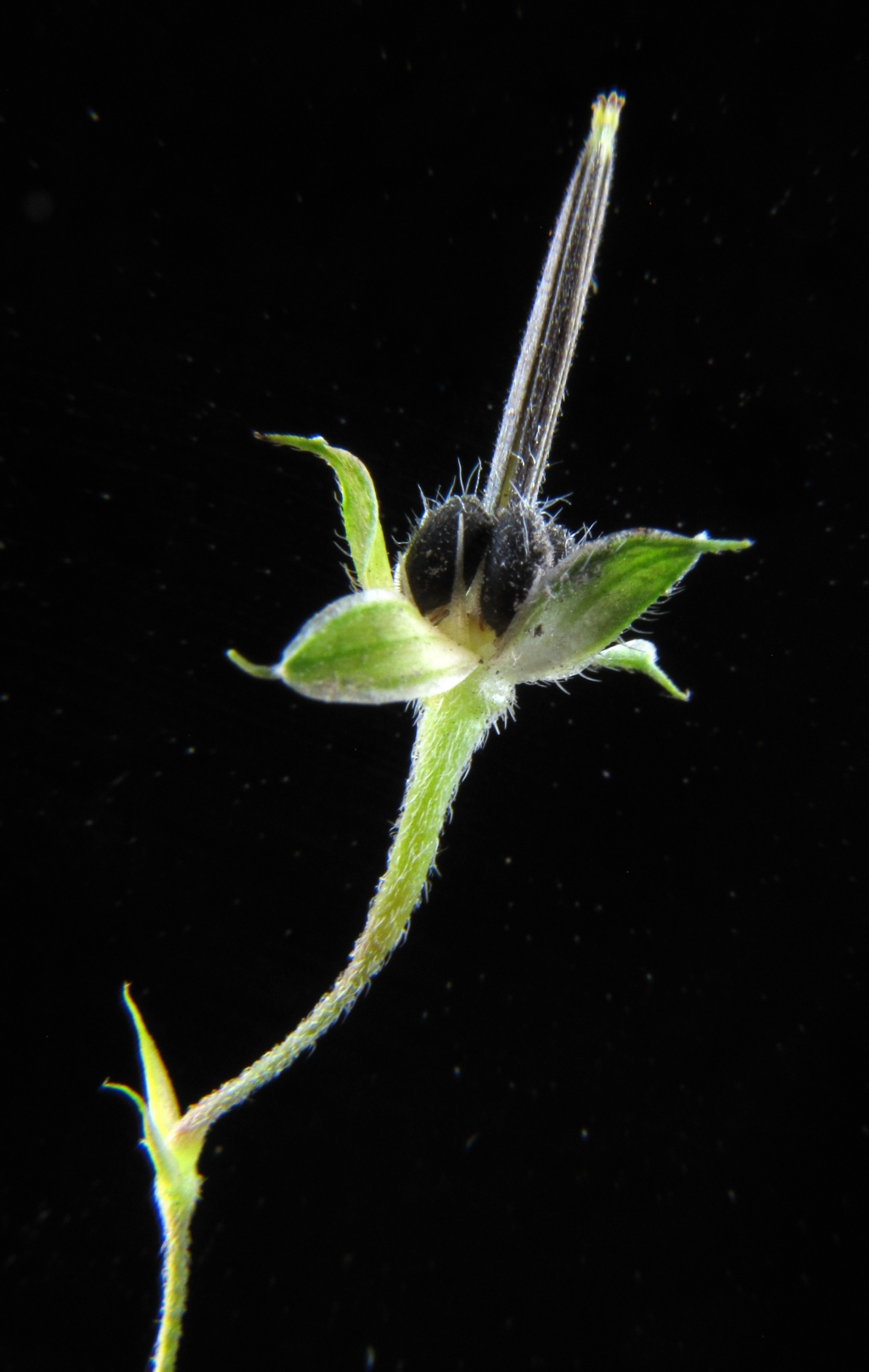Geraniaceae
Annual or perennial herbs or shrubs, with simple, sometimes glandular, hairs. Leaves opposite or alternate, petiolate, simple or compound, variously lobed or toothed, stipulate. Inflorescences terminal cymose umbels or flowers paired or solitary and appearing axillary. Flowers regular or zygomorphic, bisexual, usually 5-merous (with the exception of various hybrid forms). Sepals 5, often mucronate, sometimes basally fused and prolonged into a basal nectariferous spur, persistent and often slightly enlarged in fruit; petals 5, free, imbricate; stamens usually 10, in 2 whorls, all fertile or a varying number sterile, anthers 2-locular, dehiscing by longitudinal slits, introrse; ovary superior, usually 5-locular and 5-lobed, ovules 2 per loculus, style 5-lobed. Fruit a schizocarp separating into 5 mericarps, each 1-seeded and awned, separating from the central column of the style or remaining attached at apex.
A cosmopolitan family of 7 genera and c. 900 species; 3 genera and c. 43 species (15 naturalised) in Australia.
Smith, L.P.; Walsh, N.G. (1999). Geraniaceae. In: Walsh, N.G.; Entwisle, T.J., Flora of Victoria Vol. 4, Cornaceae to Asteraceae, pp. 218–242. Inkata Press, Melbourne.
 Spinning
Spinning


